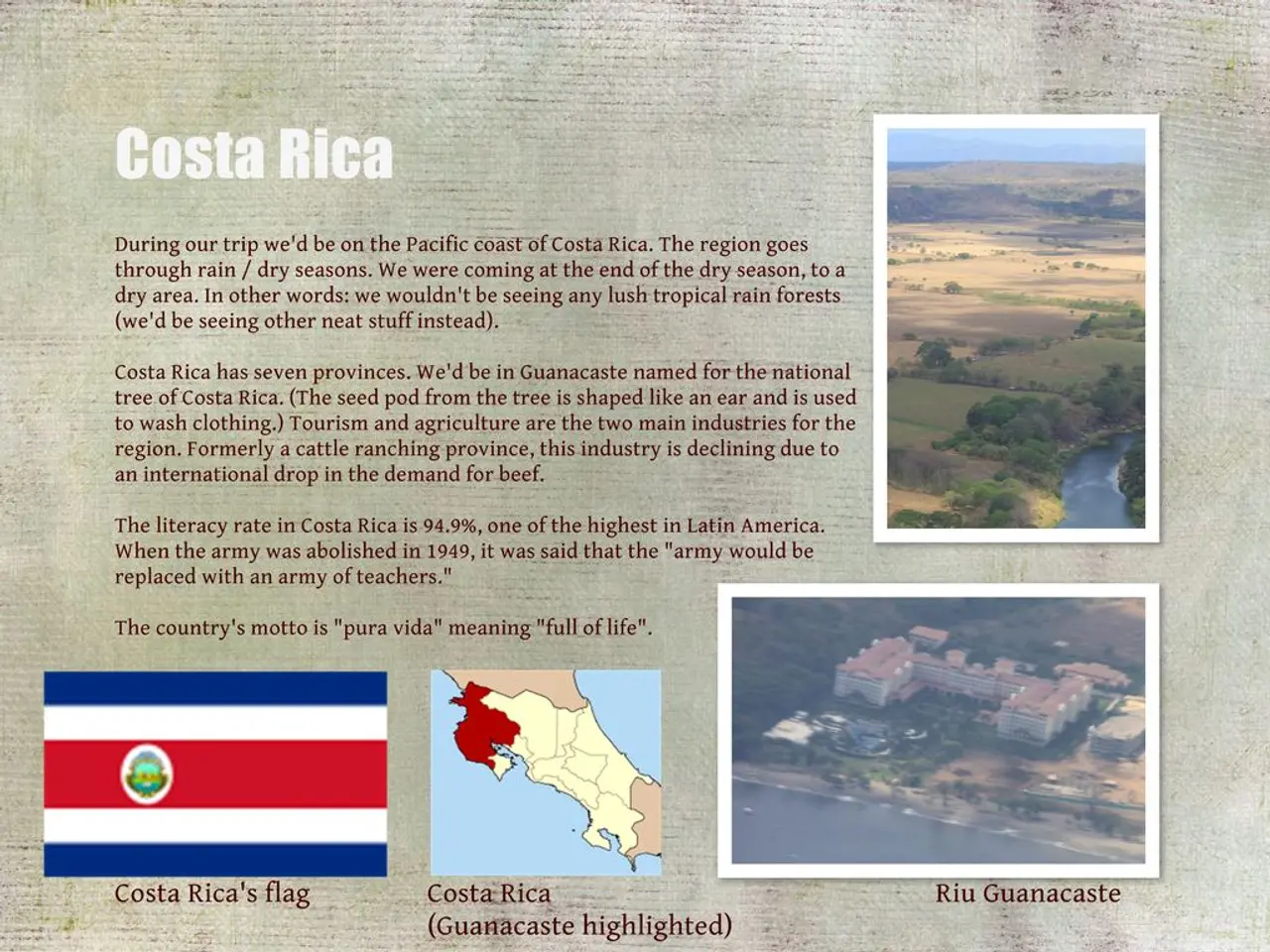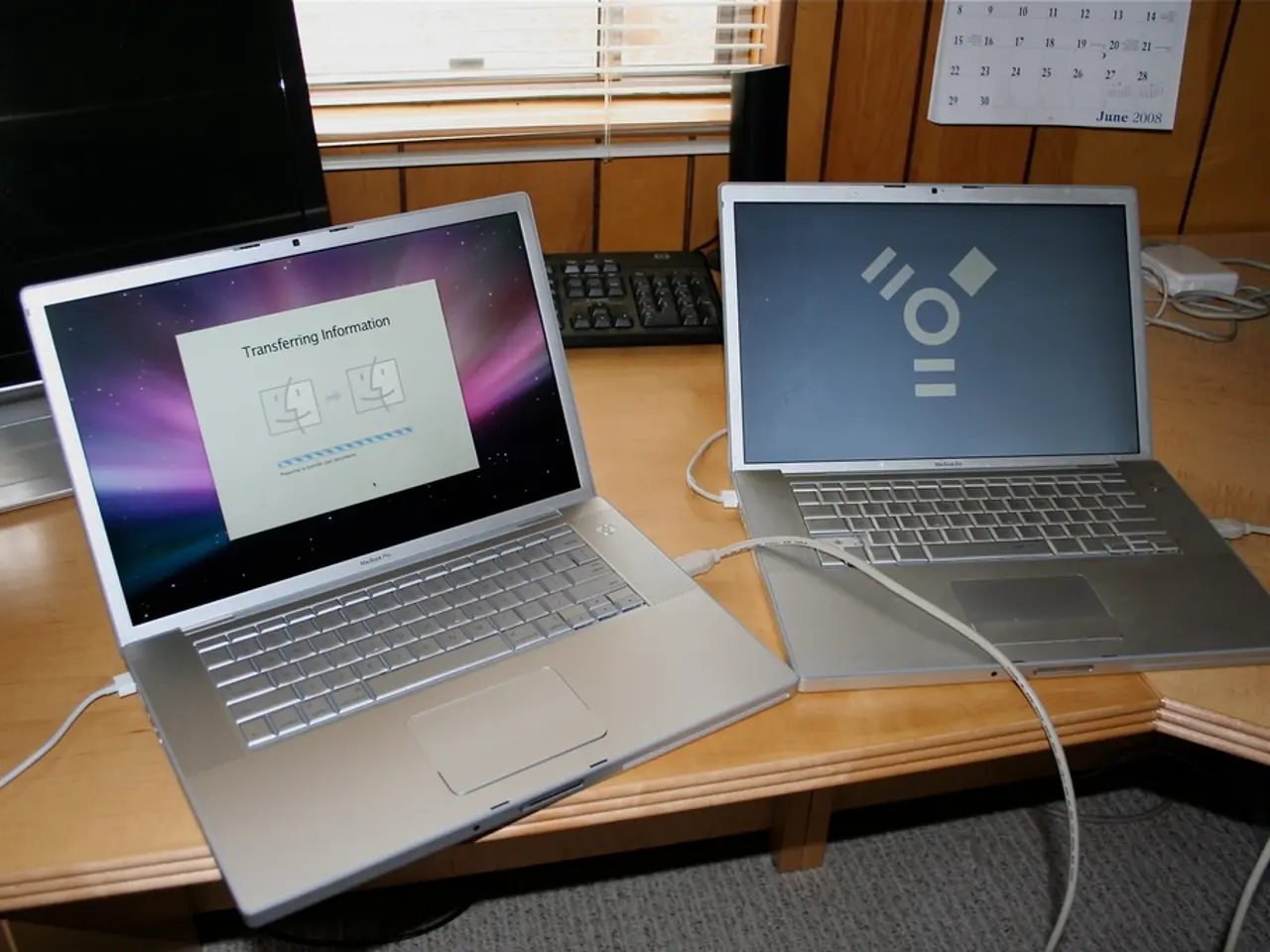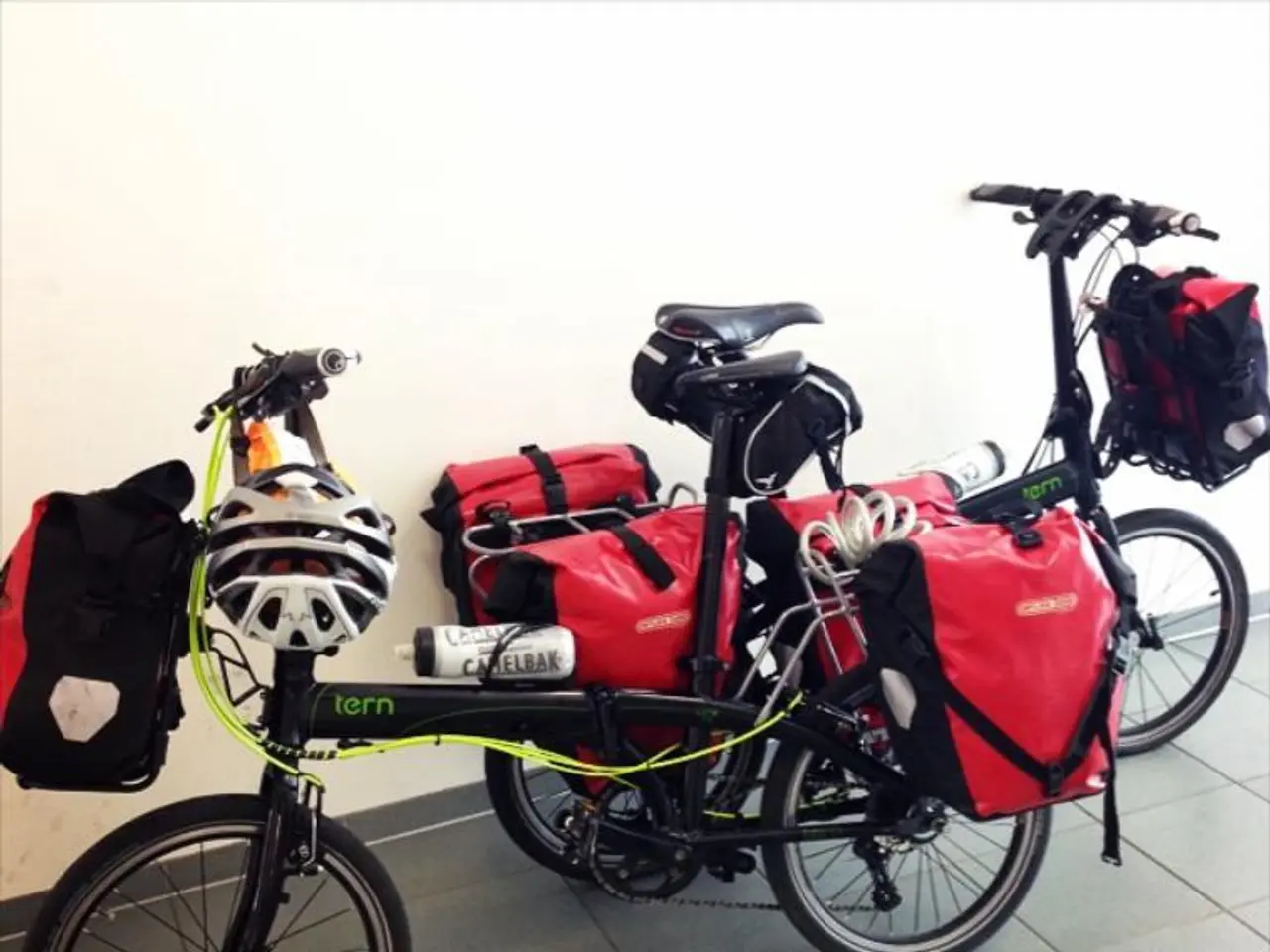Costa Rica's electricity was powered solely by renewable resources for a staggering 300 days in the year 2017.
In a world grappling with climate change, Costa Rica stands as a beacon of hope, demonstrating that a sustainable energy future is not only possible but practical and economically viable. With its five million residents, the Central American nation is walking the path to renewable energy, setting an example for the rest of the world to follow.
Costa Rica's success can be attributed to several key factors. Firstly, the abundance of renewable resources, including geothermal energy from its numerous active volcanoes, hydroelectric power due to its consistent rainfall, and wind and solar energy. Secondly, the country's small population and low energy demand, keeping its overall energy requirements manageable. Thirdly, early investment in renewable energy infrastructure and a strong government commitment to environmental sustainability and carbon neutrality.
Costa Rica's political consistency in renewable energy commitments has been instrumental in its success. Resources previously allocated to defense have instead been directed towards education and infrastructure, including energy projects. This commitment has resulted in significant achievements, such as running the entire electrical grid on renewable energy for 300 days in a single year, with 2017 not yet over. In 2017, the country reached an astonishing 99.62% renewable electricity production.
The country's Decarbonization Plan, launched in 2018, aims to make Costa Rica fully carbon-neutral by 2050. To achieve this, Costa Rica is exploring creative financing solutions to make electric transport accessible to everyone, such as tax incentives and public-private partnerships for charging infrastructure.
Costa Rica's success in maintaining healthy economic growth while investing in renewable infrastructure demonstrates that sustainability and development can go hand-in-hand. The country links renewable energy with tangible public benefits, resulting in electricity rates among the lowest in Central America and improved system reliability as renewable penetration increases.
However, Costa Rica faces challenges in maintaining and expanding its renewable dominance, including climate change impacts on hydroelectric capacity, economic pressures to meet increased energy demand, and transportation remaining heavily dependent on fossil fuels. Despite these challenges, Costa Rica's example offers a timely blueprint for countries worldwide as climate change accelerates and renewable technology becomes increasingly affordable.
Costa Rica's former Environment Minister, Carlos Manuel Rodríguez, explains that the country has prioritized diverse energy sources. The country recognizes environmental protection as an essential component of energy production, having protected approximately 28% of its land in national parks and reserves, many of which safeguard watersheds critical for hydroelectric production.
As Costa Rica continues to lead the way in sustainable energy, it serves as both inspiration and challenge to the global community. The country's 300-day renewable streak provides concrete evidence that with proper planning and commitment, a renewable future isn't just possible-it's practical and economically viable.
The abundance of renewable resources, such as geothermal energy, hydroelectric power, wind, and solar energy, plays a significant role in Costa Rica's success in renewable energy. The nation's Decarbonization Plan, initiated in 2018, aims to make Costa Rica carbon-neutral by 2050, employing creative financing solutions for electric transport.
Costa Rica's renewable energy strategies align with its commitment to environmental sustainability and carbon neutrality, demonstrated by the protection of approximately 28% of its land in national parks and reserves. The country's success in running its electrical grid on renewable energy for 300 days in a single year serves as a practical and economically viable model for the rest of the world.
The finance industry has a role to play in Costa Rica's renewable energy ventures, as the country explores tax incentives and public-private partnerships to make electric transport more accessible. Furthermore, the country's success in maintaining healthy economic growth while investing in renewable infrastructure demonstrates the feasibility of integrating sustainability with development.
As climate change accelerates and renewable technology becomes more affordable, Costa Rica's example offers a timely blueprint for countries globally. The country's prioritization of diverse energy sources and environmental protection as an integral part of energy production exemplifies the synergy between technology, science, industry, environmental-science, and finance in addressing climate-change and promoting renewable energy.




